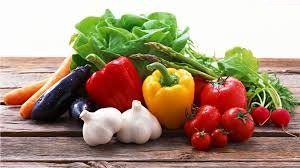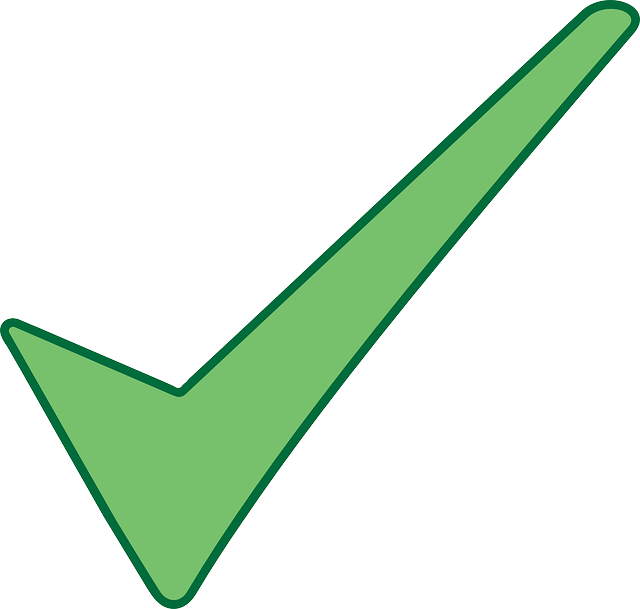രക്താതിമർദ്ദം

Blood pressure (BP) is a measurement of the force against the walls of your arteries as your heart pumps blood through your body. Hypertension is another term used to describe high blood pressure.
Blood pressure readings are given as two numbers. The top number is called the systolic blood pressure (SBP) and the bottom number is called diastolic blood pressure (DBP)
- A person has normal BP, when SBP <120 and DBP <80 mmHg.
- A person has pre-hypertension, when SBP is 120-139 or DBP is 80-89 mmHg.
- A person has hypertension, when the SBP is 140 or more, or DBP is 90 mm Hg or more.
Symptoms
Mostly high blood pressure does not cause any symptoms. This is true even if blood pressure readings reach life-threatening high levels.
Some may experience a few symptoms such as-
- Headaches
- Breathlessness
- Nosebleeds
The symptoms mentioned above are not specific and usually don't occur until high blood pressure has reached a dangerous stage.
Causes

High BP has many risk factors such as:
- Age: In men high blood pressure is more likely before 55 years. In women it is likely after 55 years.
- Race: It is common in black people than white people.
- Family history: High blood pressure tends to run in families.
- Being overweight or obese
- Not being physically active
- Using tobacco products can cause high BP. Secondhand smoke is also a risk factor.
- Too much salt in the food you eat.
- Too little potassium in the food you eat.
- Too little vitamin D in your food.
- Excessive alcohol intake.
- High levels of stress.
- Certain long-term diseases also may increase your risk of high blood pressure, such as kidney disease, diabetes and sleep apnea.
Diagnosis
Diagnosis of high blood pressure is made by measuring it, over a number of clinic visits, via a sphygmomanometer. Other tests also help to identify are:
- Urine tests
- Kidney ultrasound imaging
- Blood tests
- ECG and possibly echocardiography
Prevention
Lifestyle changes are important for both treatment and prevention of high blood pressure like
- Salt restriction

- Moderation of alcohol consumption
- High consumption of vegetables and fruits and low-fat dairy food
- Reducing weight and maintaining it
- Regular physical exercise
Copyright©2015 Amrita CREATE All Rights Reserved

 അറിയുക
അറിയുക
 പ്രാക്റ്റീസ്
പ്രാക്റ്റീസ്
 Offline
Offline


 ഉപകരണങ്ങൾ
ഉപകരണങ്ങൾ


